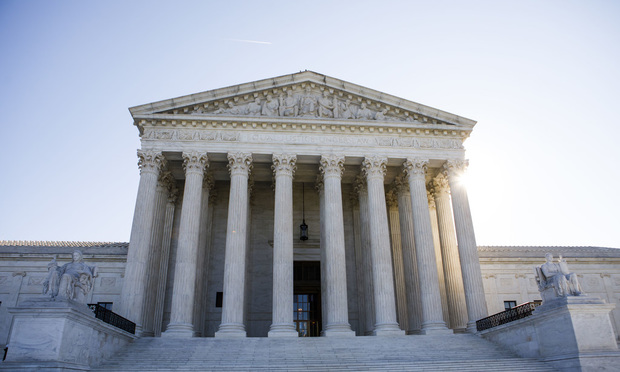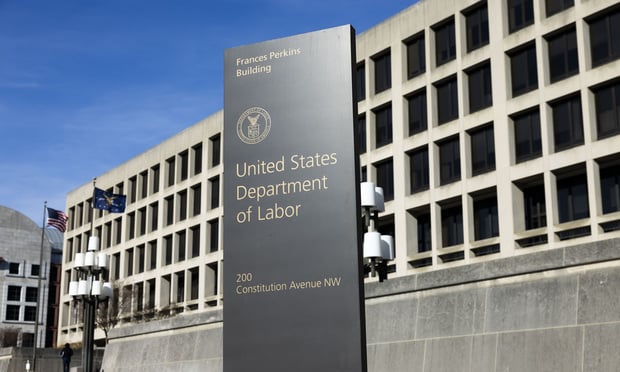Around this time every year, television ads full of sleigh bells and giant bows try to persuade consumers that a luxury automobile would make the perfect gift for the person who has everything.
In what may be the first time ever, Congress has found a way to make avoiding a luxury automobile the perfect gift.
Read: How to keep health care costs from driving over the Cadillac Tax cliff
On Dec. 18, both houses of Congress passed a $1.1 trillion spending bill to fund the government’s operations through the end of the fiscal year.
Included in the 2,009 pages of legislation is a provision that will serve as an early Christmas present to businesses across the country. A two-year delay on implementation of the so-called Patient Protection and Affordable Care Act “Cadillac Tax,” which is a 40-percent excise tax on the cost of employer-sponsored health coverage that exceeds predetermined threshold amounts.
The tax, which would impact plans exceeding $10,200 for individual coverage and $27,500 for family coverage is clearly intended to disincentivize employers from providing high-cost plans under PPACA.
Needless to say, when President Obama signed the spending bill last week it came as welcome news to businesses of all shapes and sizes that offer generous health care plans to attract and retain top talent.
The impending 2018 implementation of the tax had threatened to cause significant disruption in employer-sponsored health plans.
A November report by analysts at Towers Watson found that 83 percent of employers were expecting to make changes to avoid the tax, up from 31 percent in 2014.
While not ideal--as a full repeal of the tax would have given business owners more certainty--the two-year delay is at least a short-term win for the business community.
The issue is likely to come up again in 2018 or 2019, when a new president and a new Congress will have another chance to repeal or again delay the tax, but there are several steps companies can take now to prepare in the event that it does go into effect in 2020.
1. Take a "total population health" approach to employee health
The first step is for employers to take a “total population health” approach to their employees.
Instead of viewing employees’ health as a benefit to address only with insurance coverage, employers need to understand employee health as its own ecosystem within the company.
The workforce’s total health makes a significant impact not only on health insurance costs, but on employee performance and morale.
2. Find effective ways to invest in employee health
Employers must find more effective ways to invest in employee health that will lower costs in the long term. Preventive care such as diagnostic screenings and annual exams help identify health problems before they became serious--and costly-- issues.
From smoking-cessation programs and flu shots to FitBit devices and subsidizing gym memberships, embracing strategies that incentivize employees to change their behaviors and maintain and improve their health will encourage healthier lifestyles. Comprehensive preventive health care programs provide long-term benefits in the form of better health and lower costs.
Improving employee health is imperative.
To date, the record remains mixed: While the percentage of adults who smoke continues to decline, from 19 percent last year to 18.1 percent today, and the vaccination rate has risen from 68.4 percent to 71.6 percent in the past two years, the obesity rate among adults has risen to 29.6 percent from 27.6 percent two years ago, and 1 in 10 adults reports having diabetes. Clearly, more needs to be done.
3. Empower employees to take an active role in their health care
Business owners can empower their employees to take a more active role in managing their health care by providing them with tools and knowledge that will help them maintain their health and seek better value in the care they receive.
As health care quality and costs become more transparent, patients will become consumers capable of shopping for the best care at the best price.
These simple steps will help businesses prepare for an uncertain future that may or may not include a Cadillac Tax on “luxury” health care plans. But while the future is uncertain, the present is not.
Business owners can rest easy this holiday season knowing the gift Congress stuffed in their stocking is one worth opening.
© 2025 ALM Global, LLC, All Rights Reserved. Request academic re-use from www.copyright.com. All other uses, submit a request to [email protected]. For more information visit Asset & Logo Licensing.







